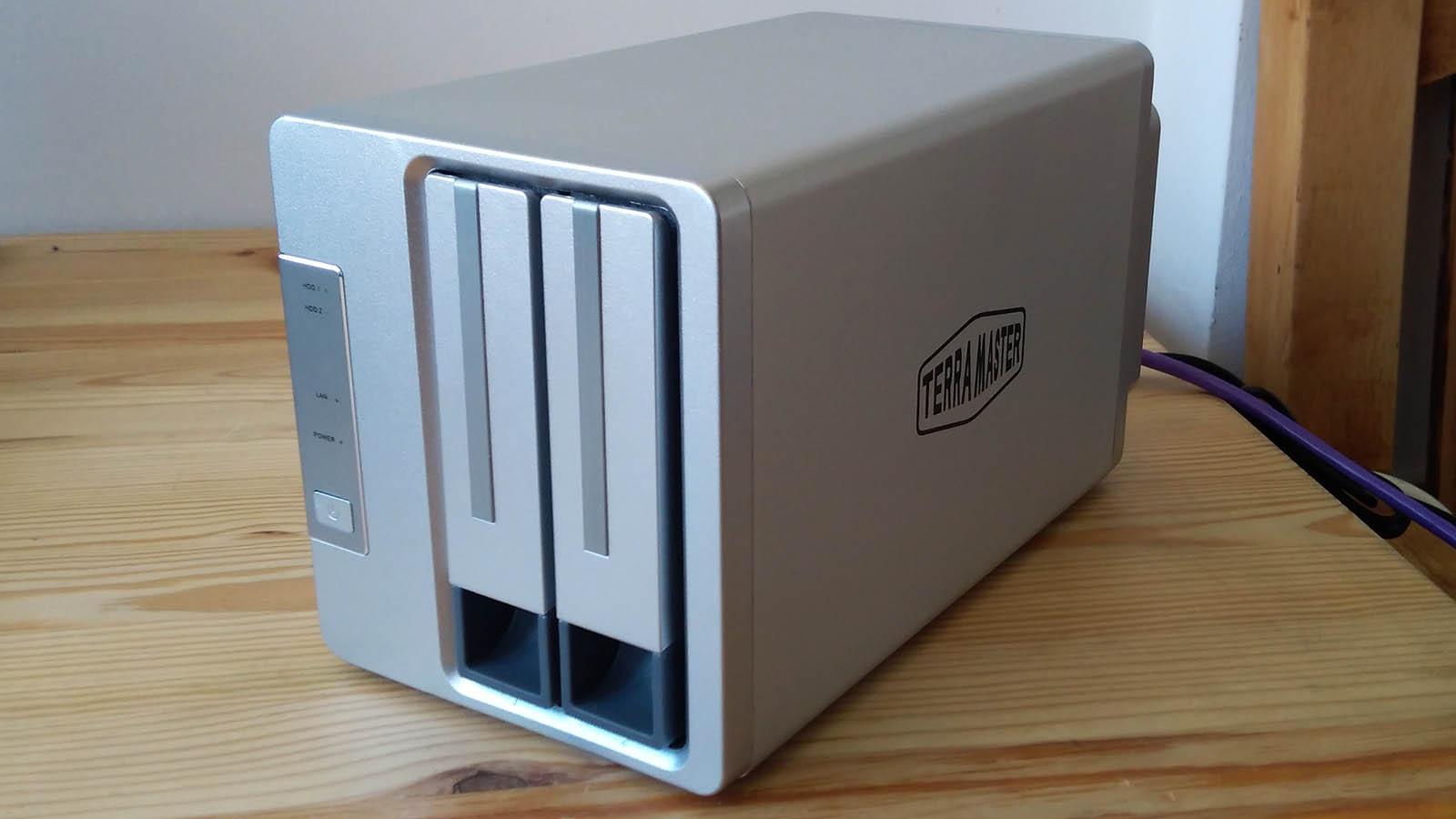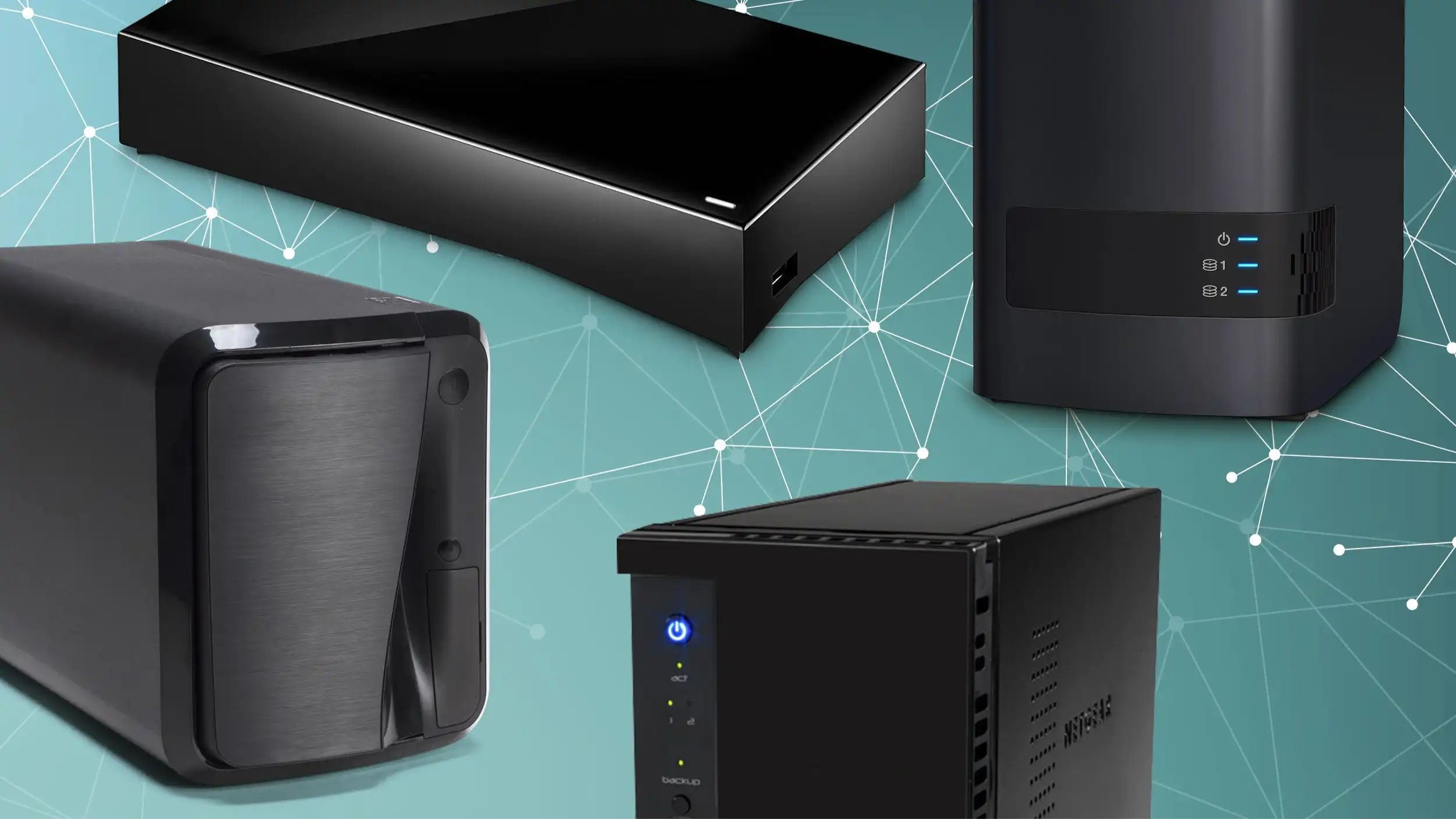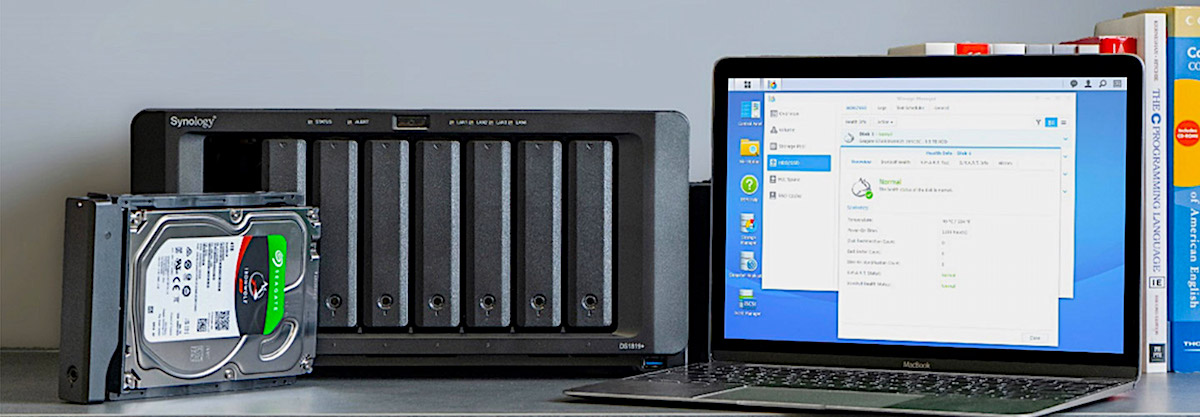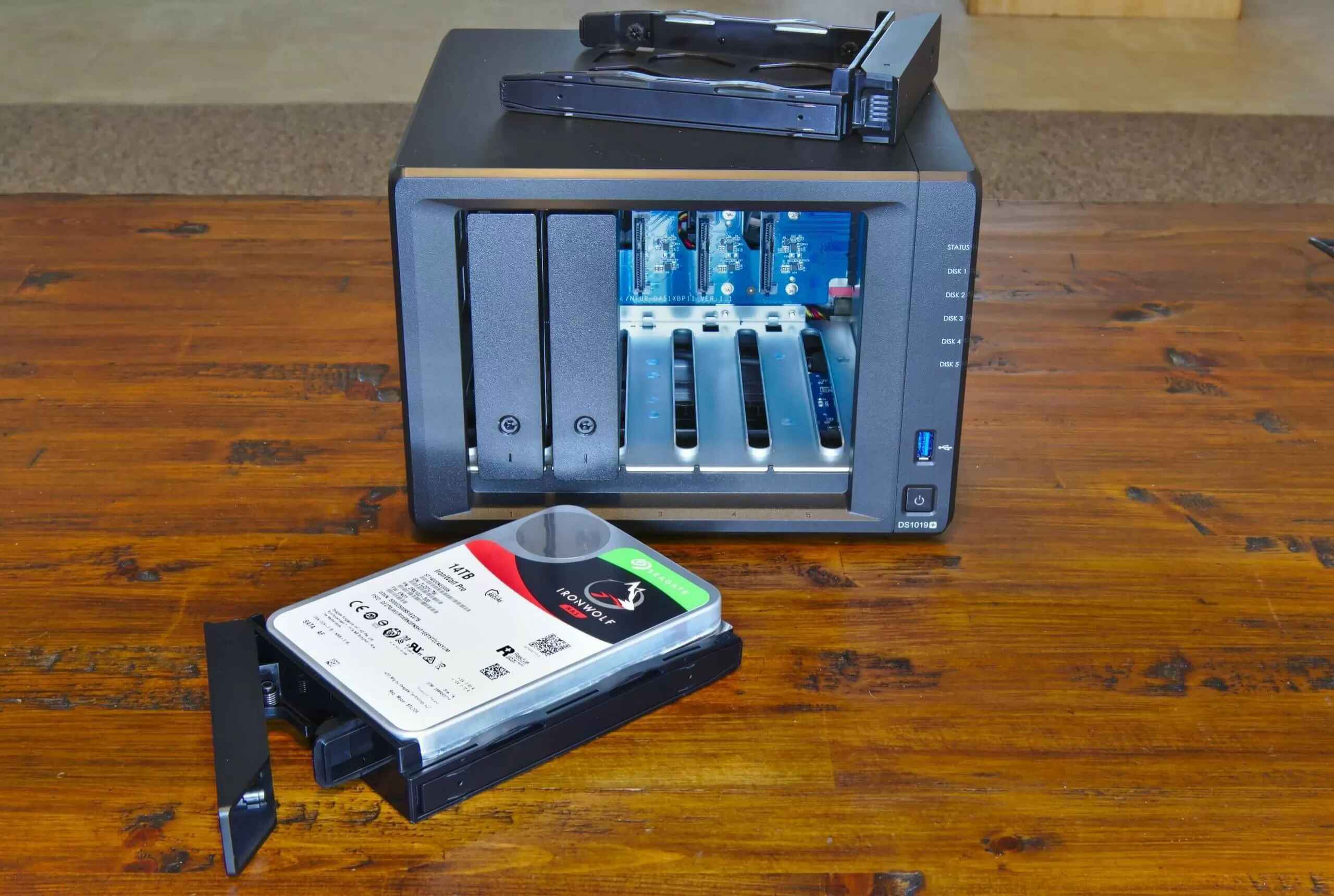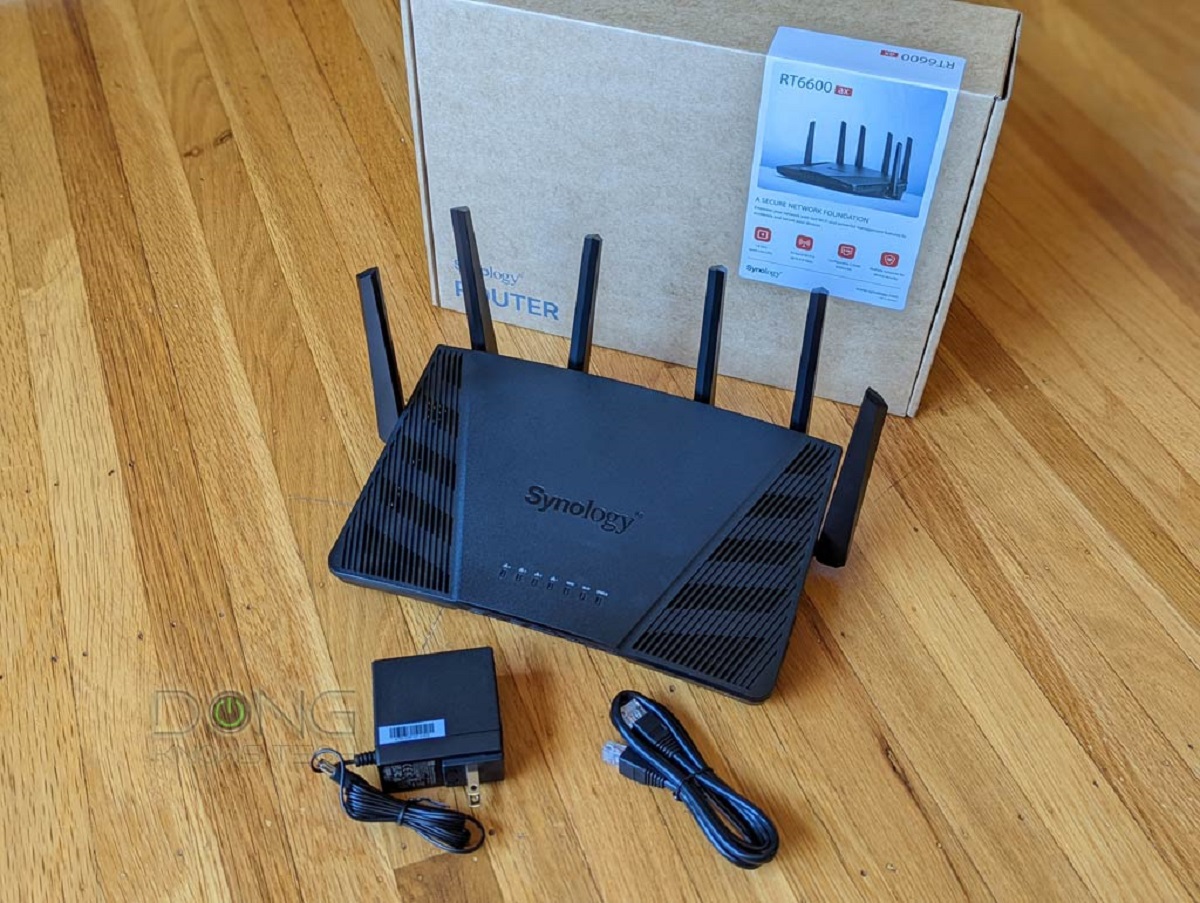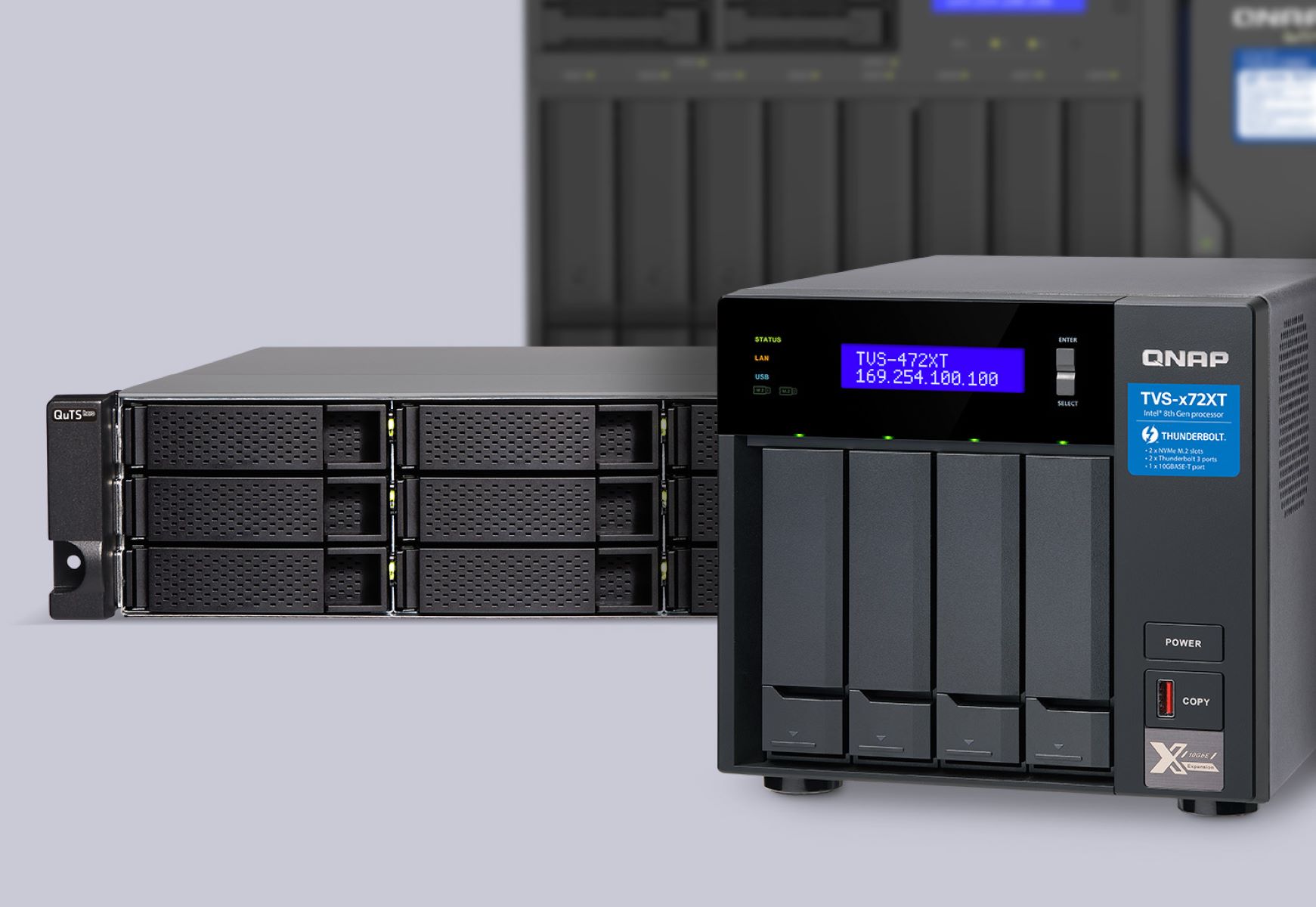Introduction
Welcome to the world of QNAP file configuration! If you're looking to expand your storage options and streamline your data management, you've come to the right place. In this guide, we'll delve into the intricacies of configuring QNAP files to external Network Attached Storage (NAS), providing you with the knowledge and tools to optimize your storage infrastructure.
Whether you're a seasoned IT professional or a tech-savvy enthusiast, understanding how to effectively manage your QNAP files is crucial in today's data-driven landscape. By harnessing the power of external NAS, you can not only enhance the accessibility and security of your data but also bolster the efficiency of your storage environment.
Throughout this guide, we'll explore the fundamental concepts behind QNAP file configuration, demystify the process of setting up external NAS, and delve into the nitty-gritty of seamlessly integrating your QNAP files with external storage. Additionally, we'll cover essential testing and troubleshooting methods to ensure that your configuration is robust and reliable.
By the end of this journey, you'll be equipped with the expertise to configure your QNAP files to external NAS with confidence and precision. So, without further ado, let's embark on this enlightening exploration of QNAP file configuration and unleash the full potential of your storage infrastructure.
Understanding QNAP File Configuration
Before delving into the intricacies of configuring QNAP files to external Network Attached Storage (NAS), it’s essential to grasp the foundational aspects of QNAP file management. QNAP, short for Quality Network Appliance Provider, offers a comprehensive range of NAS solutions designed to meet the diverse storage needs of modern businesses and individuals.
At the core of QNAP’s functionality lies its robust file system, which serves as the bedrock for storing, organizing, and accessing data. QNAP’s file management capabilities extend beyond basic storage, encompassing features such as data deduplication, snapshot protection, and cross-platform file sharing. This multifaceted approach empowers users to optimize their storage infrastructure while ensuring data integrity and accessibility.
Furthermore, QNAP’s support for a myriad of file protocols, including SMB, AFP, NFS, and FTP, facilitates seamless cross-platform file sharing and collaboration. Whether you’re operating within a Windows, macOS, or Linux environment, QNAP’s versatile file system accommodates diverse user preferences and IT ecosystems.
As data volumes continue to soar, QNAP’s emphasis on scalable and flexible storage solutions becomes increasingly paramount. The ability to expand storage capacity on the fly, implement tiered storage architectures, and leverage SSD caching exemplifies QNAP’s commitment to addressing the evolving demands of modern data management.
Moreover, QNAP’s integration with cloud services, such as Amazon S3, Azure Storage, and Google Cloud Storage, underscores its adaptability in hybrid and multi-cloud environments. This seamless integration empowers users to harness the benefits of cloud storage while maintaining a cohesive and centralized data management strategy.
By comprehensively understanding QNAP’s file management capabilities and its adaptability to diverse storage environments, you’ll be well-equipped to embark on the next phase of this journey: setting up external NAS to augment your QNAP file configuration.
Setting Up External Network Attached Storage
Setting up external Network Attached Storage (NAS) is a pivotal step in expanding the storage capacity and capabilities of your QNAP environment. By seamlessly integrating external NAS devices, you can augment your existing storage infrastructure, enhance data redundancy, and fortify disaster recovery mechanisms.
When selecting an external NAS device, it’s imperative to consider factors such as storage capacity, data transfer speeds, RAID configurations, and compatibility with QNAP’s file system. Whether opting for a dedicated NAS appliance or repurposing an existing server as external storage, ensuring seamless integration with QNAP’s ecosystem is paramount.
Once the external NAS device is procured, the next step involves physically connecting it to the network. Depending on the NAS model, this may entail connecting it to a switch, router, or directly to the QNAP server. Ensuring robust network connectivity and optimal bandwidth allocation is crucial for maximizing data transfer speeds and accessibility.
Configuring network settings, such as IP addresses, subnet masks, and gateway configurations, is a prerequisite for enabling seamless communication between the QNAP server and the external NAS device. Leveraging QNAP’s intuitive web-based interface, users can navigate to the Network Settings section to configure network parameters and establish connectivity with the external NAS.
Furthermore, it’s essential to create shared folders on the external NAS device, aligning them with the storage hierarchy and access permissions defined within the QNAP environment. This ensures that users and applications can seamlessly access and interact with the external storage, fostering a cohesive and integrated storage ecosystem.
By meticulously setting up external NAS and aligning it with QNAP’s file system and network infrastructure, you pave the way for a synergistic storage environment capable of accommodating diverse data management requirements. With the foundation laid for external NAS integration, the next phase involves configuring QNAP files to seamlessly interact with the external storage, a process that we’ll explore in the following section.
Configuring QNAP Files to External NAS
Configuring QNAP files to seamlessly interact with external Network Attached Storage (NAS) is a pivotal endeavor that harmonizes the QNAP ecosystem with the expanded storage infrastructure. By effectively integrating QNAP files with external NAS, users can optimize data accessibility, bolster redundancy, and streamline data management workflows.
The first step in this process involves mapping the shared folders residing on the external NAS to the QNAP file system. Leveraging QNAP’s File Station or Storage & Snapshots Manager, users can initiate the mapping process, establishing a direct linkage between QNAP’s file hierarchy and the storage repositories hosted on the external NAS device.
Once the shared folders are mapped, users can define access permissions, user quotas, and advanced file system settings to align the external NAS storage with QNAP’s security and governance protocols. This ensures that data integrity, access control, and compliance requirements are seamlessly extended to the external storage, fostering a cohesive and secure storage environment.
Furthermore, QNAP’s support for advanced storage features, such as data deduplication, compression, and encryption, can be extended to the external NAS, augmenting the storage efficiency and security posture of the entire ecosystem. This holistic approach ensures that the benefits of QNAP’s advanced file management capabilities transcend the confines of the local storage environment, encompassing the external NAS seamlessly.
Additionally, QNAP’s support for snapshot protection and versioning can be leveraged to fortify data resilience on the external NAS, enabling users to recover from inadvertent data modifications or deletions with ease. By aligning snapshot schedules and retention policies with the external NAS, users can ensure consistent data protection across the entire storage landscape.
By effectively configuring QNAP files to interact with external NAS, users can harness the full potential of their storage infrastructure, seamlessly bridging the local and external storage realms to create a unified and resilient data management ecosystem. With the QNAP files intricately integrated with external NAS, the stage is set for comprehensive testing and troubleshooting to validate the robustness and reliability of the configuration, which we’ll explore in the next section.
Testing and Troubleshooting
Upon configuring QNAP files to interact with external Network Attached Storage (NAS), thorough testing and proactive troubleshooting are imperative to validate the robustness and reliability of the integrated storage environment. Testing the seamless interaction between QNAP files and external NAS, along with preemptive troubleshooting, ensures that potential issues are identified and resolved, guaranteeing a resilient and efficient storage ecosystem.
Commencing with comprehensive data access tests, users can evaluate the speed and reliability of accessing files stored on the external NAS through QNAP’s interfaces. This entails measuring data transfer speeds, verifying file integrity, and assessing concurrent access performance to ascertain optimal functionality.
Furthermore, testing backup and restoration processes is essential to validate the efficacy of data protection mechanisms extended to the external NAS. By simulating backup scenarios and performing test restores, users can ensure that data resilience and recovery mechanisms are seamlessly integrated with the external storage, fortifying the overall disaster recovery strategy.
Concurrently, proactive monitoring of storage utilization, performance metrics, and network bandwidth allocation provides insights into the operational dynamics of the integrated storage environment. Leveraging QNAP’s monitoring tools and external NAS-specific utilities, users can preemptively identify potential bottlenecks, capacity constraints, or performance degradation, enabling proactive remediation measures.
In the event of anomalies or performance discrepancies, robust troubleshooting methodologies come into play. This involves meticulously reviewing system logs, error messages, and event notifications to pinpoint underlying issues. Leveraging QNAP’s diagnostic utilities and external NAS-specific monitoring tools, users can isolate and address potential configuration inconsistencies, network connectivity issues, or hardware-related anomalies.
By conducting rigorous testing and proactive troubleshooting, users can instill confidence in the seamless interaction between QNAP files and external NAS, fostering a resilient and performant storage ecosystem. This iterative process of testing, validating, and troubleshooting ensures that the integrated storage environment is primed to meet the diverse data management requirements of modern businesses and individuals.
Conclusion
As we conclude this enlightening exploration of configuring QNAP files to external Network Attached Storage (NAS), it’s evident that the seamless integration of QNAP’s file system with external storage repositories is instrumental in fostering a robust, scalable, and resilient storage infrastructure.
By comprehensively understanding the intricacies of QNAP file management, setting up external NAS, and configuring QNAP files to interact seamlessly with external storage, users are empowered to optimize their storage environment, bolster data accessibility, and fortify disaster recovery mechanisms.
The synergy between QNAP’s versatile file management capabilities and the expanded storage capacity afforded by external NAS exemplifies the adaptability and scalability of modern storage solutions. This cohesive integration transcends the confines of local storage, encompassing external repositories seamlessly and fostering a unified data management ecosystem.
Moreover, the iterative process of testing and troubleshooting ensures that the integrated storage environment is primed to meet the diverse data management requirements of modern businesses and individuals. By proactively validating the robustness and reliability of the integrated storage ecosystem, users can instill confidence in the seamless interaction between QNAP files and external NAS.
As technology continues to evolve and data volumes surge, the ability to adeptly configure and integrate storage solutions assumes paramount importance. The knowledge and expertise garnered from this journey equip users to navigate the intricacies of modern storage infrastructure, harnessing the full potential of QNAP’s file management capabilities and external storage repositories.
In essence, the seamless configuration of QNAP files to external NAS represents a pivotal stride towards optimizing data management, fortifying data resilience, and fostering a cohesive and agile storage ecosystem. By leveraging the insights and methodologies elucidated in this guide, users are poised to embark on a transformative journey towards a robust and future-ready storage infrastructure.







